Dragon fruit, also known as pitaya or pitahaya, is one of the most exotic and visually stunning fruits in the world. With its vibrant pink or yellow skin, green scale-like spikes, and soft, speckled flesh, it captivates both the eye and the palate. Over the past two decades, the global demand for dragon fruit has soared due to its numerous health benefits, striking appearance, and suitability for a variety of climates. As this tropical fruit becomes increasingly popular, one question arises: Which country is the largest dragon fruit producer? This article explores the answer in-depth, examining global production, leading producers, and the economic significance of this fascinating fruit.
A Quick Overview of Dragon Fruit
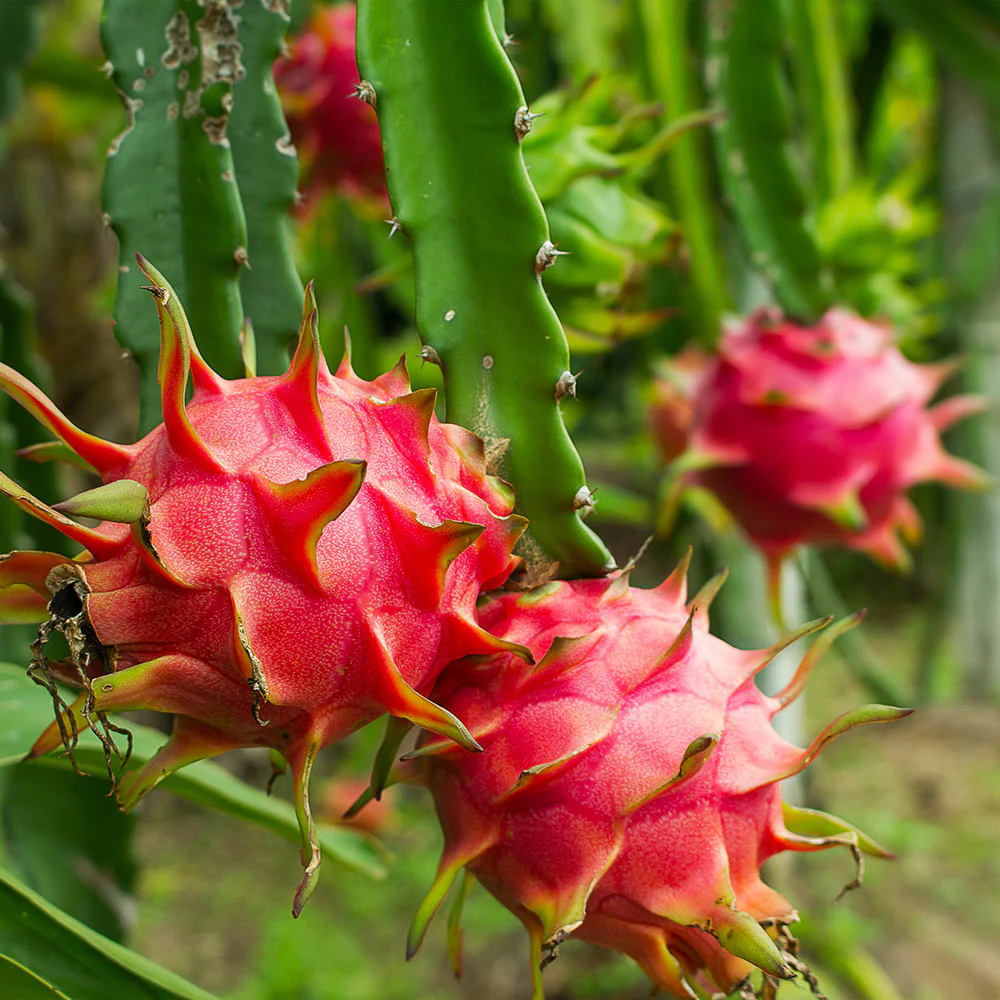
Dragon fruit is derived from several species of cacti, mainly Hylocereus undatus (white-fleshed), Hylocereus costaricensis (red-fleshed), and Hylocereus megalanthus (yellow-skinned, white-fleshed). Native to Central America, the fruit has found favorable growing conditions in tropical and subtropical regions around the world.
It is rich in antioxidants, vitamin C, fiber, and essential fatty acids, making it a nutritional powerhouse. Dragon fruit is commonly consumed fresh, but is also used in smoothies, salads, desserts, and health supplements. This versatility, combined with health trends and export opportunities, has driven its cultivation worldwide.
Top Countries Producing Dragon Fruit
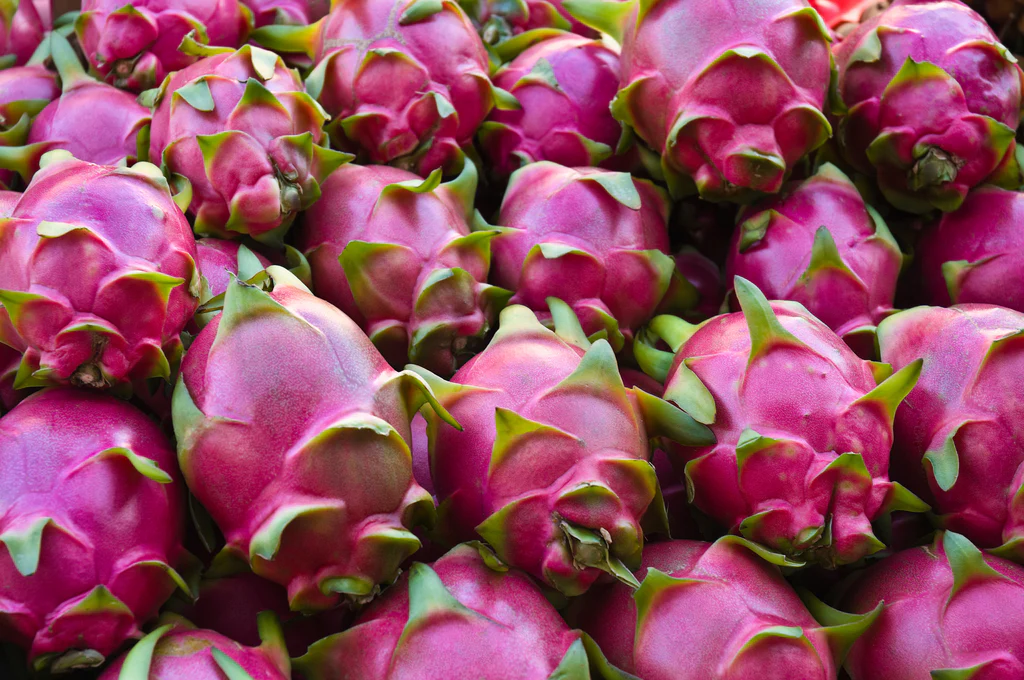
While dragon fruit is now cultivated in many parts of the globe, a few countries stand out as leaders in production due to their climate, infrastructure, and export capacity. Let’s examine the key players:
1. Vietnam – The World’s Largest Producer
Vietnam holds the top position as the largest producer and exporter of dragon fruit globally. This Southeast Asian nation has mastered the art of commercial pitaya cultivation and has developed a highly organized industry around it.
Key Facts About Vietnam’s Production:
- Estimated Production Volume: Over 1 million metric tons per year.
- Major Growing Regions: Binh Thuan, Long An, and Tien Giang provinces.
- Land Area Under Cultivation: More than 55,000 hectares.
- Export Markets: China (main), Thailand, Indonesia, Europe, the U.S., and the Middle East.
Vietnamese dragon fruit is prized for its high quality and visual appeal. The Vietnamese government has also invested heavily in post-harvest technology, packaging, and expanding access to international markets. Vietnam has even achieved geographical indication (GI) status for dragon fruit in certain countries, boosting its brand recognition.
Why Vietnam Leads:
- Favorable tropical climate with good rainfall and sunlight.
- Strong government support and farmer cooperatives.
- Advanced irrigation and LED light technologies to grow fruit year-round.
- Strategic trade agreements with China, ASEAN, and the EU.
2. China – Major Producer and Consumer
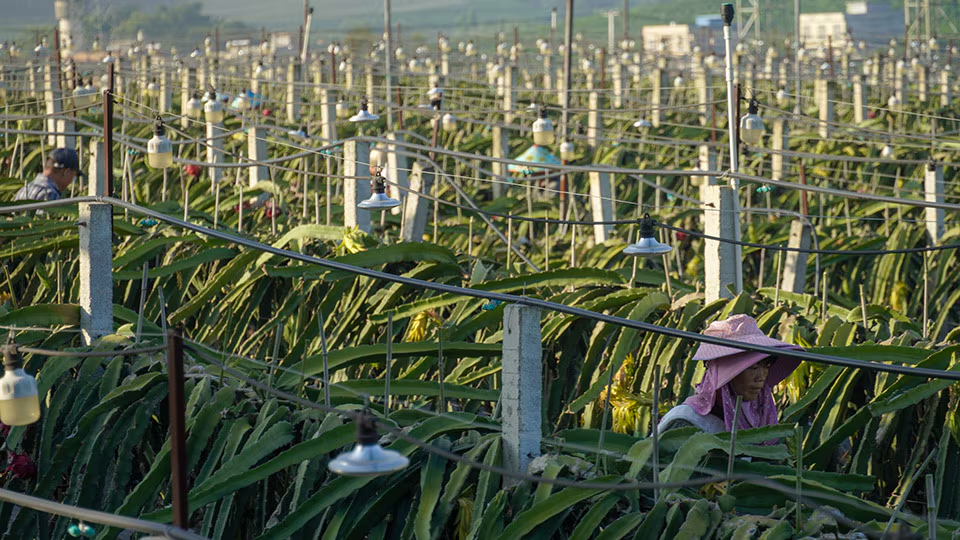
China is both a top producer and the largest consumer of dragon fruit in the world. Although it imports large quantities—especially from Vietnam—it also grows a substantial amount domestically.
Key Facts About China’s Production:
- Production Regions: Primarily in Guangxi, Hainan, and Guangdong provinces.
- Estimated Production Volume: Over 600,000 metric tons annually.
- Import Dependency: Imports millions of tons, mainly from Vietnam.
China’s rapid expansion in domestic dragon fruit farming is attributed to growing local demand, rising health consciousness, and government initiatives to diversify crop production. Farmers have embraced greenhouse and vertical farming techniques to boost yield and reduce seasonal dependency.
3. Thailand – Regional Competitor
Thailand ranks third in dragon fruit production in Asia. While not as dominant as Vietnam or China, Thailand has carved out a niche in both domestic and international markets.
Key Details:
- Primary Growing Areas: Northern and northeastern regions, such as Chiang Mai and Ubon Ratchathani.
- Production Volume: Estimated at around 250,000–300,000 metric tons annually.
- Export Markets: Malaysia, Singapore, Middle East, and Europe.
Thailand’s strengths lie in its well-developed agri-tourism industry, where dragon fruit farms double as tourist attractions. The government is also promoting organic and high-value varieties to stand out in niche markets.
4. Indonesia and the Philippines – Emerging Markets
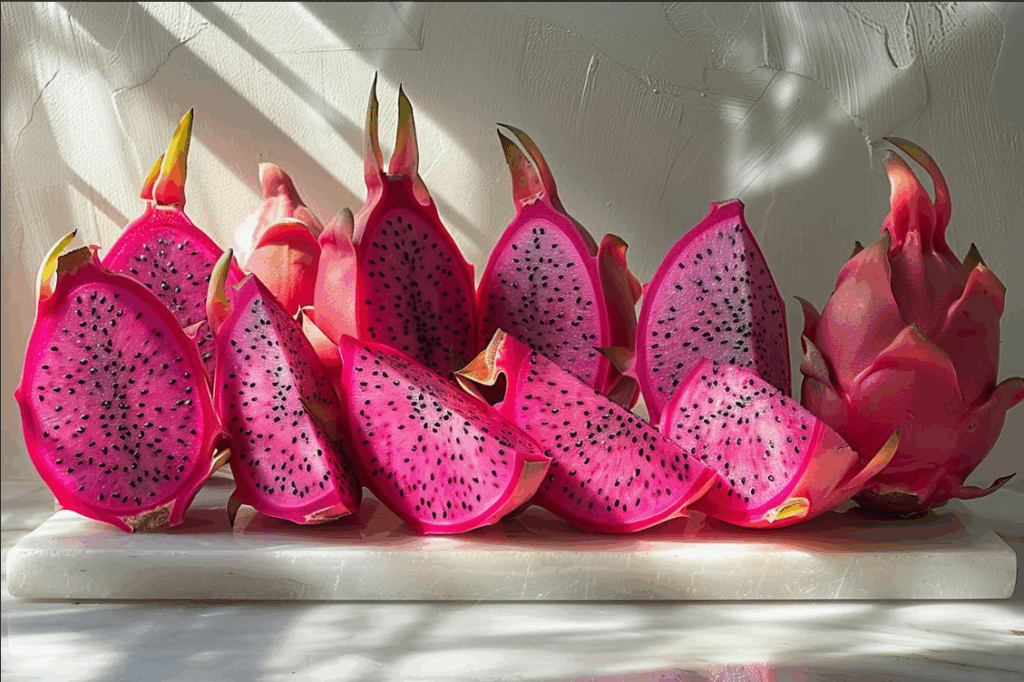
Indonesia and the Philippines are rapidly expanding their dragon fruit production, largely for local consumption and regional export.
Indonesia:
- Production is expanding in East Java, Bali, and Yogyakarta.
- Both red and white-fleshed varieties are grown.
- Estimated production: Around 100,000–150,000 metric tons annually.
Philippines:
- Grown primarily in Ilocos Norte and Mindanao.
- Growing awareness of dragon fruit’s profitability among local farmers.
- Investment in organic farming and agri-tourism is rising.
These countries are tapping into the increasing demand from health-conscious consumers and exploring regional export opportunities.
Other Notable Producers
Though Asia leads global production, other countries are gradually making their mark in the dragon fruit industry.
India:
- Dragon fruit cultivation has grown exponentially since 2010.
- Gujarat, Karnataka, Maharashtra, and Andhra Pradesh are major producers.
- The Indian government promotes the fruit under the name Kamalam.
- Aims to become self-sufficient and export-oriented in the next decade.
Mexico:
- Native to the Americas, Mexico grows pitaya in Jalisco and Oaxaca.
- Traditional, small-scale cultivation still dominates, but commercial farms are emerging.
Israel:
- Known for high-quality exotic fruits and advanced agricultural techniques.
- Dragon fruit is grown mainly for export to Europe.
United States:
- Southern California, Florida, and Hawaii are key growing areas.
- Limited domestic supply; the U.S. is a major importer from Vietnam and Central America.
Global Trade and Economic Impact
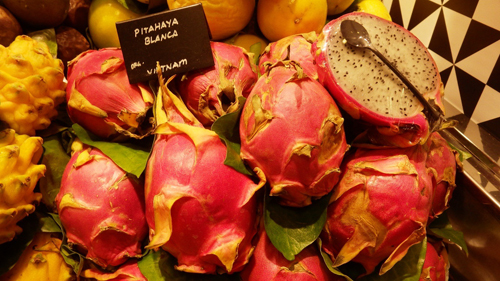
Export Leaders:
- Vietnam dominates global exports, accounting for more than 80% of international trade in dragon fruit.
- Thailand and China also contribute, although China imports more than it exports.
Major Importers:
- China, by far the largest importer.
- United States, Canada, and the European Union are major destinations.
- Middle Eastern countries are growing markets due to rising demand for exotic, healthy fruits.
Market Size & Trends:
- The global dragon fruit market was valued at approximately USD 1.5 billion in 2023 and is projected to grow steadily.
- Drivers include demand for health foods, tropical fruit drinks, smoothies, and skincare products.
Conclusion
To answer the question definitively: Vietnam is the largest dragon fruit producer in the world. With more than a million metric tons produced annually, advanced farming practices, and robust export channels, Vietnam stands at the forefront of the global dragon fruit industry.
However, the competition is intensifying. Countries like China, Thailand, and India are rapidly expanding their cultivation and exploring international markets. As consumer demand for healthy and exotic fruits continues to rise globally, the dragon fruit industry is poised for even greater growth.
Whether you’re enjoying a dragon fruit smoothie or watching the glowing farms of Vietnam light up at night with LED technology, one thing is clear: this captivating fruit is taking the world by storm—and Vietnam is leading the charge.

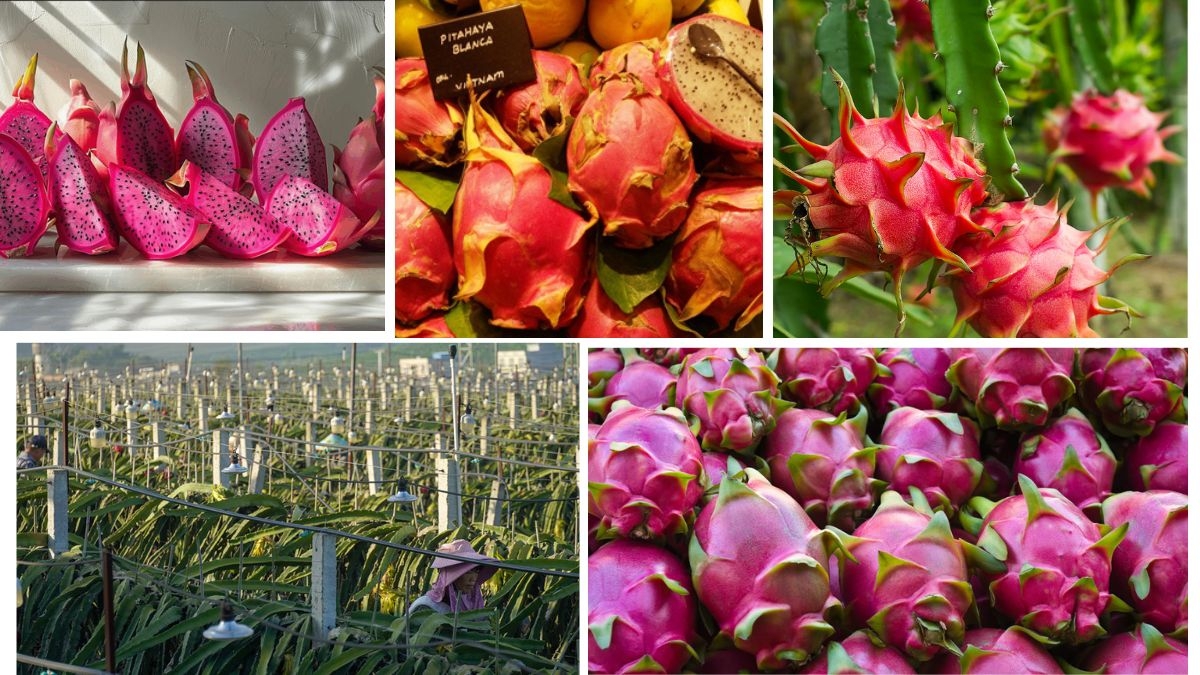





Leave A Comment